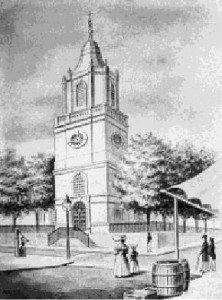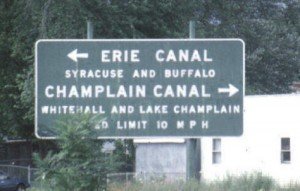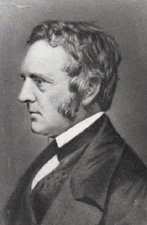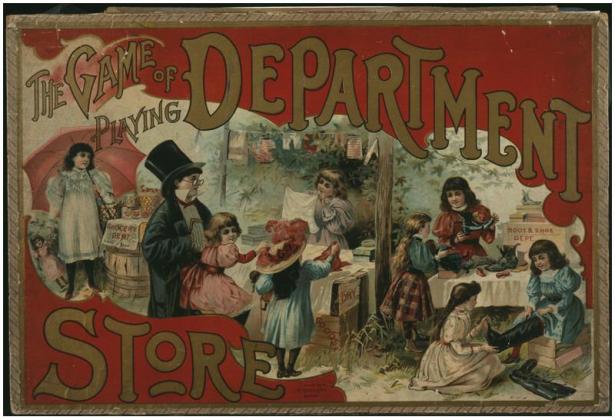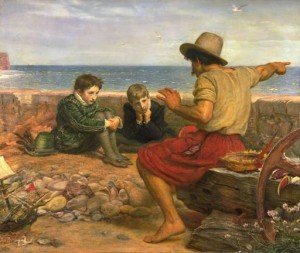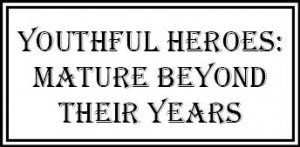 After impersonating Walter W. Baker, heir to the Baker chocolate fortune, and bilking his Richmond fiancee’s mother out of $15,000 in 1928 (equal to $197,000 in 2013), Ticonderoga’s Bernard Frederick Champagne was sentenced to ten years in a Virginia prison. He was paroled after serving more than six years, but the gates had hardly closed behind him when Champagne was at it again.
After impersonating Walter W. Baker, heir to the Baker chocolate fortune, and bilking his Richmond fiancee’s mother out of $15,000 in 1928 (equal to $197,000 in 2013), Ticonderoga’s Bernard Frederick Champagne was sentenced to ten years in a Virginia prison. He was paroled after serving more than six years, but the gates had hardly closed behind him when Champagne was at it again.
Shortly after his release, the US Department of Justice was tracking him across the North Country. As he had done for years in the past, Bernard managed to move quickly and stay a step ahead of his pursuers. Read more
